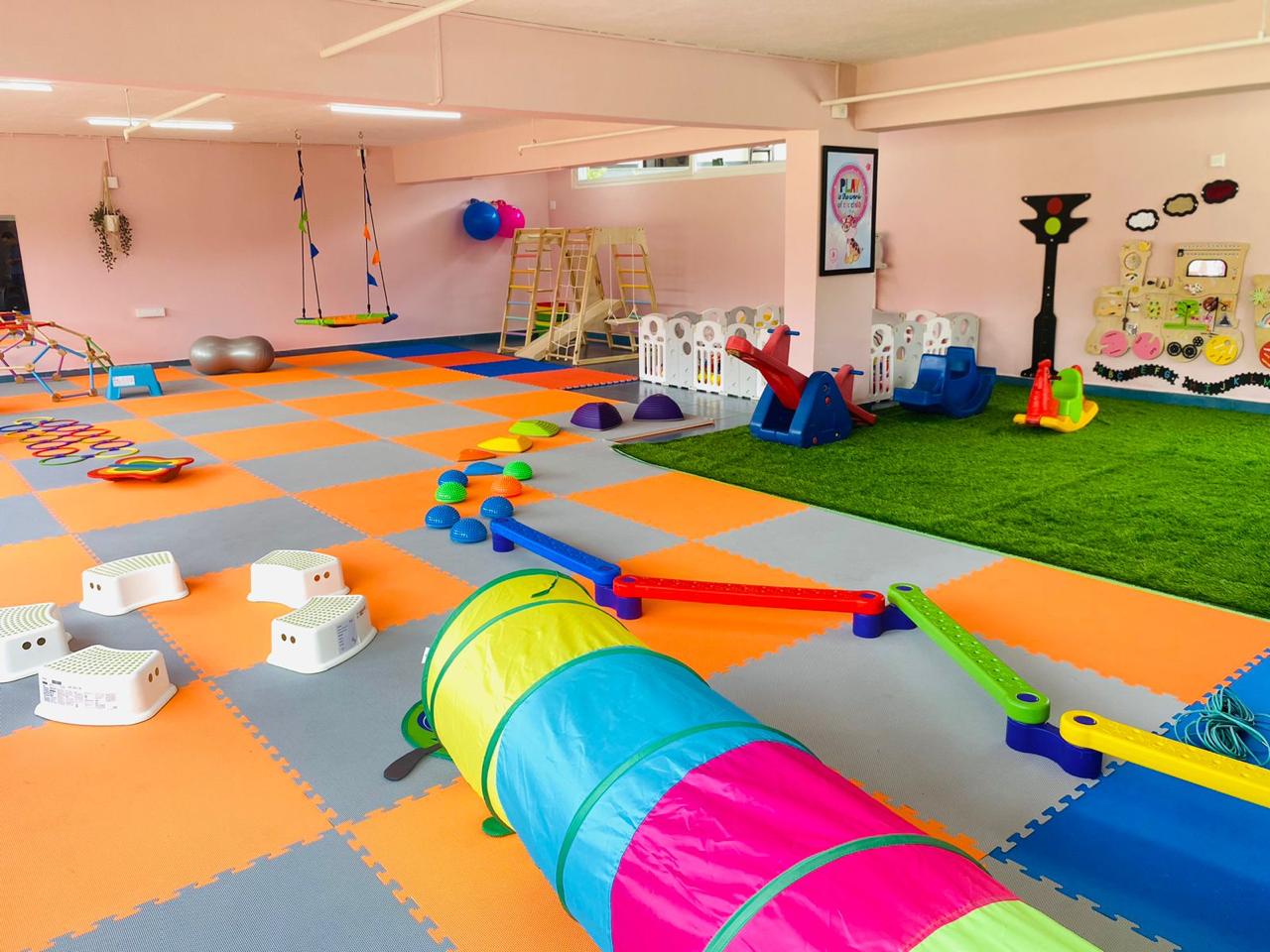
Speech-Language Pathologist
The Science Behind Sensory Integration: How It Works
Sensory integration is a crucial aspect of child development, encompassing the way the brain processes and responds to sensory information from the environment. Understanding this complex process can help educators, parents, and healthcare professionals support children's growth more effectively. In this blog post, we delve into the principles of sensory integration and explore how sensory parks facilitate this process in children.

Understanding Sensory Integration
Sensory integration refers to the brain's ability to organize and interpret sensory information received from the environment. This includes input from the five traditional senses—sight, sound, touch, taste, and smell—as well as from proprioception (sense of body position) and vestibular (sense of balance and spatial orientation) systems. Sensory integration allows individuals to respond appropriately to sensory stimuli and engage in everyday activities effectively. Children naturally develop sensory integration through exploration and interaction with their surroundings. However, some children may experience sensory processing disorders (SPDs), where their brains struggle to process sensory information correctly. This can result in difficulties with motor skills, behavior, and learning.
Key Principles of Sensory Integration
- Sensory Input Variety: Diverse sensory experiences are essential for optimal brain development. Exposure to different textures, sounds, sights, tastes, and smells helps the brain learn to process and integrate sensory information.
- Adaptive Response: An adaptive response is an appropriate action in response to a sensory stimulus. Successful sensory integration enables children to adapt their responses to various sensory inputs, enhancing their ability to interact with their environment.
- Sensory Thresholds: Each child has unique sensory thresholds, which are the levels at which they can detect and respond to sensory stimuli. Understanding these thresholds helps in creating environments that neither overwhelm nor under-stimulate the child.
- Neuroplasticity: The brain's ability to reorganize itself by forming new neural connections is known as neuroplasticity. Sensory integration activities leverage neuroplasticity to improve sensory processing capabilities over time.
How Sensory Parks Facilitate Sensory Integration
- Diverse Sensory Experiences: Sensory parks offer various activities that stimulate multiple senses simultaneously. This includes tactile pathways, interactive panels, musical instruments, water features, and more. By engaging different senses, sensory parks help children develop better sensory processing skills.
- Safe and Structured Environment: Sensory parks are designed to provide a safe and structured environment where children can explore and interact with sensory stimuli at their own pace. This controlled setting helps children feel secure and reduces the likelihood of sensory overload.
- Encouraging Adaptive Responses: The activities and equipment in sensory parks are designed to elicit adaptive responses from children. For instance, climbing structures and balance beams challenge their proprioceptive and vestibular systems, helping them improve coordination and balance.
- Customizable Sensory Elements: Sensory parks can be tailored to meet the specific sensory needs of individual children. This customization ensures that each child receives the appropriate level of sensory input, facilitating optimal sensory integration.
- Promoting Neuroplasticity: Regular exposure to sensory-rich environments in sensory parks encourages neuroplasticity. As children engage in repeated sensory activities, their brains form new neural pathways, enhancing their ability to process and integrate sensory information.
Conclusion
Understanding the science behind sensory integration is essential for supporting children's development effectively. Sensory parks play a pivotal role in facilitating this process by providing diverse, structured, and engaging sensory experiences. By leveraging the principles of sensory integration, sensory parks help children develop the skills they need to interact with their environment confidently and successfully. At Amri Haber, we are dedicated to creating sensory-rich environments that support the holistic development of children. Our sensory parks are thoughtfully designed to cater to the unique sensory needs of each child, promoting their growth and well-being. Contact us today to learn more about how our sensory parks can benefit your school and its students.






